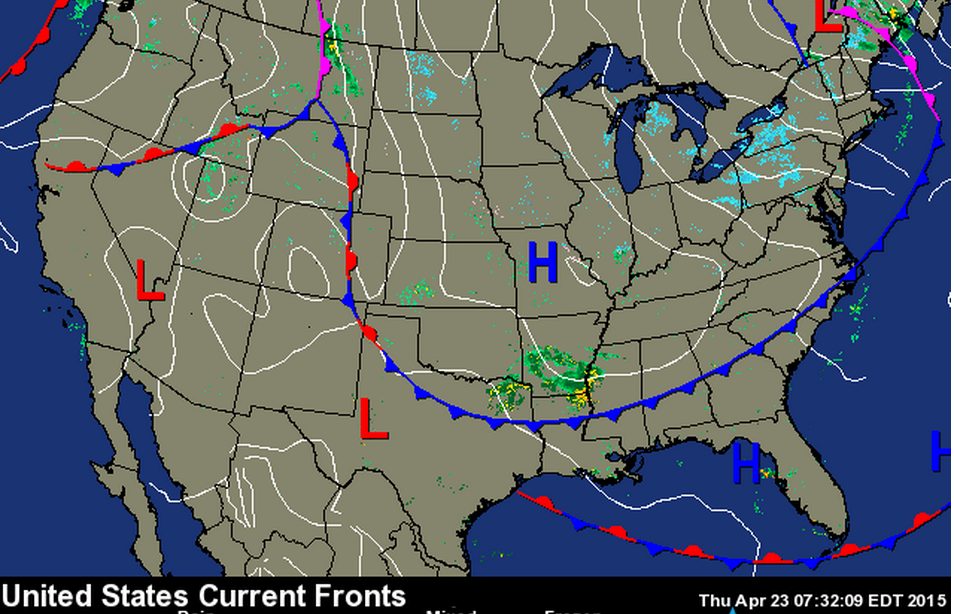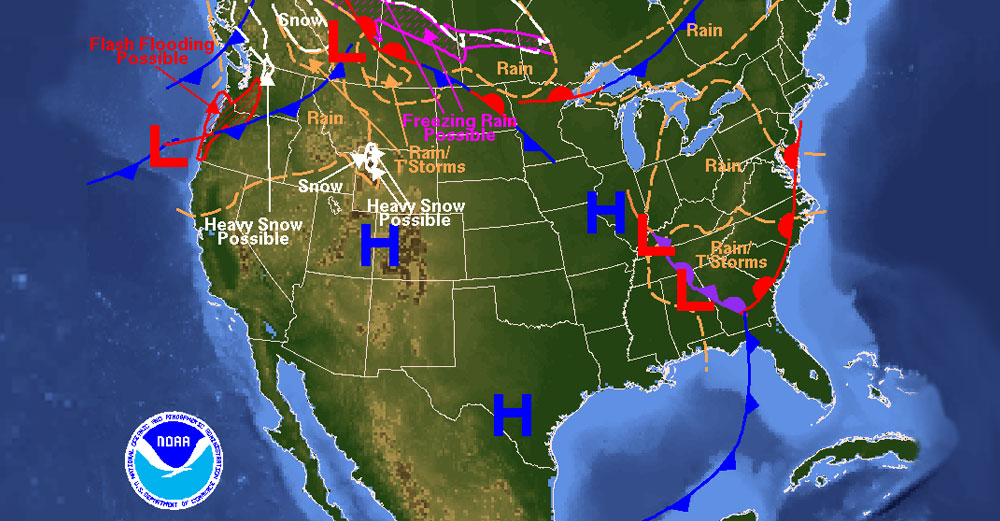

"H" stands for an area of high pressure and "T" - "L" for "low" - indicates an area of low pressure. In the next step, the highest and lowest air pressure values are marked on the map. Satellite and radar images are also used here for precise assessment. According to the position of the weather station, the information is entered into the map. all measuring stations located on the ground, in the catchment area of the map. To create a ground map, as it is also called, air pressure readings must be taken from all weather stations, i.e. The values are entered as two-dimensional representations, isolines or in the form of symbols which are interpreted into a weather forecastĪ ground weather map is the better known of the weather maps. A weather map shows, for example, measured values for air temperature, air pressure, cloud cover, precipitation, wind direction, wind speed and the course of fronts. Creation of a Weather MapĪ weather map describes the weather at a given time with a lot of individual information. As a result, risks can be recognised and minimized,processes optimized, and costs reduced. They show the big picture and how the weather is developing.

Animations and visualizations are easy to interpret and consequently facilitate better and faster decisions. They are mainly used by meteorologists in the media, in the energy sector, agricultural industry, automotive industry, and by aviators. Weather maps can be used not only by everyone as weather forecast maps. Weather maps are a decision support system and primarily help to make better and faster decisions in a complex environment. Possible weather hazards are thus recognised at an early stage. The maps show the current weather situation in real time, but can also be used to forecast the coming weather. Weather maps can be used to visualize weather data. The weather observations or expected changes in the state are drawn in symbolic form or coloured contours. A weather map can provide information about certain weather parameters, such as temperature, wind speed, wind direction or precipitation. From a meteorological point of view, a weather map shows the current state of the atmosphere over a larger area. The weather events depicted can be past, present or forecast for the future. Having all stations plotted on a map guides you as to where high- and low-pressure systems, fronts, and the like are located, which ultimately helps you decide where to draw them in.In a general sense, a weather map is a map that visualizes the weather conditions over a certain geographical area. But if you'll be analyzing a weather map by hand, station plot data is often the only information you start off with. If a weather map has already been analyzed, you'll find little use for the station plot data.

If you're in California (which is Pacific Coastal Time) and the UTC issue time is "1345Z" (or 1:45 p.m.), then you know that the map was constructed at 5:45 a.m. If you're new to Z time, using a conversion chart (like the one shown above) will help you easily convert between it and your local time. Known as Zulu or Z time, this figure is included on a weather map so that all meteorological weather observations (taken at different locations and therefore, in different time zones) can be reported at the same standardized times no matter what the local time might be. It tells you when the weather map was created and also the time when the weather data in the map is valid. One of the first coded pieces of data you might notice on a weather map is a 4-digit number followed by the letters "Z" or "UTC." Usually found at the map's top or bottom corner, this string of numbers and letters is a timestamp.


 0 kommentar(er)
0 kommentar(er)
